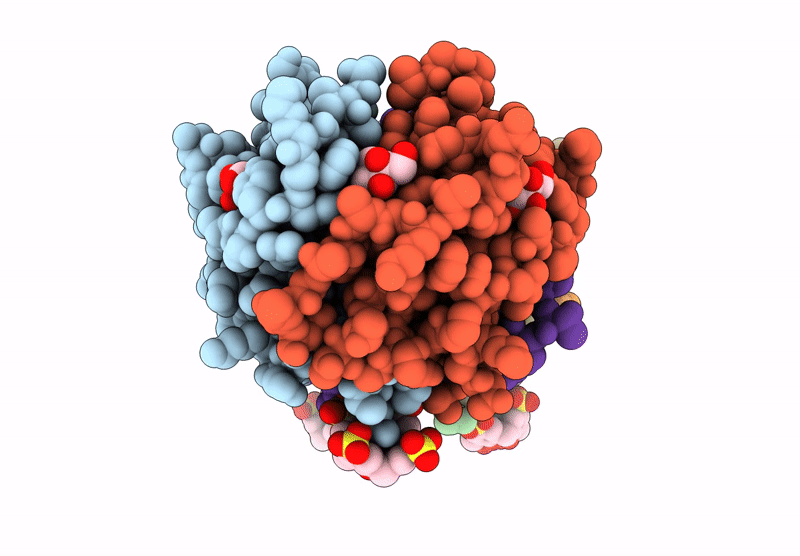
Deposition Date
2024-09-10
Release Date
2025-03-05
Last Version Date
2025-03-12
Entry Detail
Biological Source:
Source Organism:
Ralstonia solanacearum (Taxon ID: 305)
Host Organism:
Method Details:
Experimental Method:
Resolution:
1.08 Å
R-Value Free:
0.17
R-Value Work:
0.16
R-Value Observed:
0.16
Space Group:
P 1 21 1


